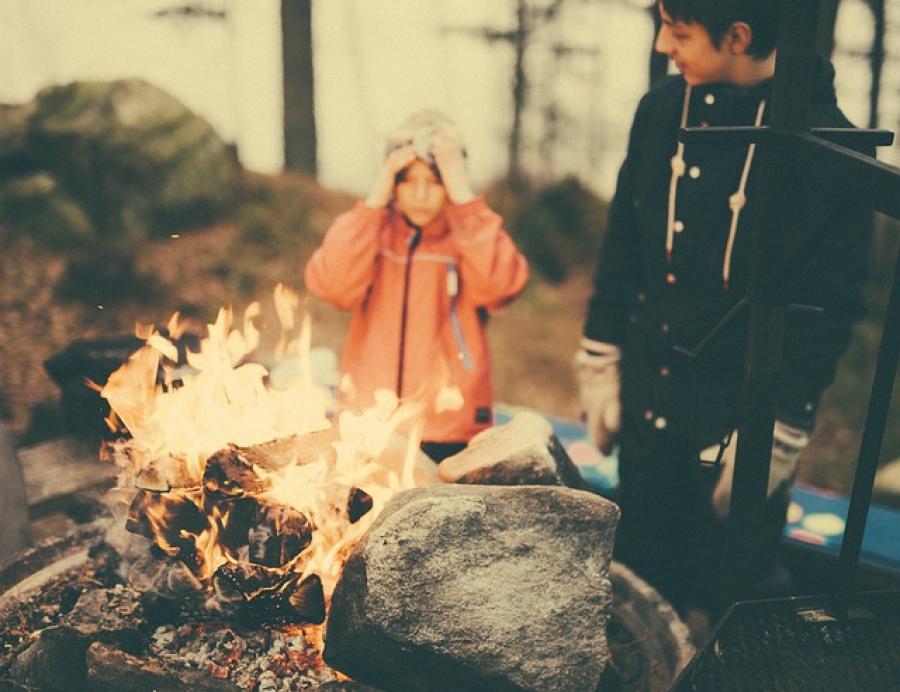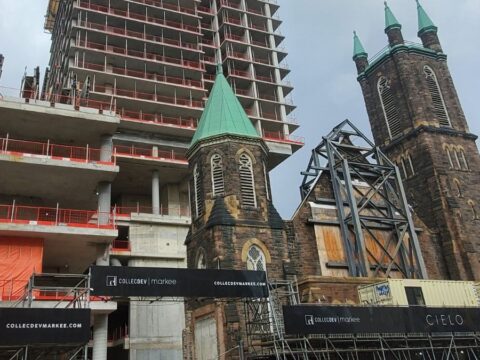In 2016, I wrote an article asking, “What’s Killing Church Camps?” It was a fair question. Over the decade or so previous, 16 United Church of Canada (UCC) camps had closed. They’d either run out of money or volunteers had aged out. Now, about 60 are left.
First let me say, I am a church camp nerd. As a kid, I went to the UCC’s Camp Fircom on B.C.’s Gambier Island, returned as teen leader, and now, I send my kids there. For me, my church camp experience explains why I stayed a part of the UCC. It offered a strong community, a safe space, spiritual and theological grounding and immersion in nature.
You may unsubscribe from any of our newsletters at any time.
So writing the article was a bit of a passion project for me. What the heck was going on? And, without camps drawing people in, can anyone realistically foresee a future for the wider church? Those in the know gave me two reasons why camps are failing to attract new blood:
1. Religion is scaring away families.
2. Camp fees – often $500+ per child, per week – are beyond the capacity of this generation of financially stretched parents.
With more than two-thirds of Canadians still identifying as Christian, I think the second reason is the real problem. As a parent of two kids, sending both my children to camp costs $1,050 + GST for five nights (plus roughly $250 in transportation getting them there and back – thanks BC Ferries). And that’s in the context of having to pay for care for the other eight weeks over summer vacation.
Camp is gargantuanly expensive. It’s caviar-and-champagne expensive. To cough up that much, you really, really have to believe that church camp is the most important thing your kid will do all year. So unless you’re a church camp nerd like me, or a one-percenter, that’s a tough sell.
Statistically speaking, the median household income in Canada is just over $70,000 a year. But – more interesting to camp planners – over half of Canadians say they are less than $200 away from not being able to pay their bills. Kids living in poverty can often get a subsidy for going to camp. But it’s this wide demographic of budget-busted middle income earners that should terrify camps.
Housing, especially in cities, is choking families. So is the mushrooming cost of food and fuel. For aspirational parents, the cost of sticking their kids in skill-building activities can run into the hundreds or even thousands of dollars a month (think hockey, guitar, pre-lifeguarding, tutoring, ballet). For securing a kids’ future, these activities can seem like wise insurance. But $500 or more to sit around a campfire for five days? The pay-off is less obvious, even if the money is there.
The good news is, no additional church camps have closed since 2016. But that doesn’t mean they aren’t on life support. The UCC has made some good and important changes, including making camps LGBTQ+ affirming. But unless we deal with the fees problem, I fear more of our camps are doomed.
Joe Richards has taken an innovative approach to this issue. The executive director of Pearce Williams Christian Centre in Fingal, Ont., pioneered a sliding scale for fees, to immediate and massive success. Parents can send kids to camp for as little as $350.
To me – unless we’re satisfied with attracting to camp just the poorest of the poor and richest of the rich – Joe has it right. So does the Tim Horton Children’s Foundation, which offers free camping to children and youth from lower-income families as part of its mandate. This is how we un-doom church camps. Get kids there. Figure out how. Make it a crucial part of what this denomination does.













